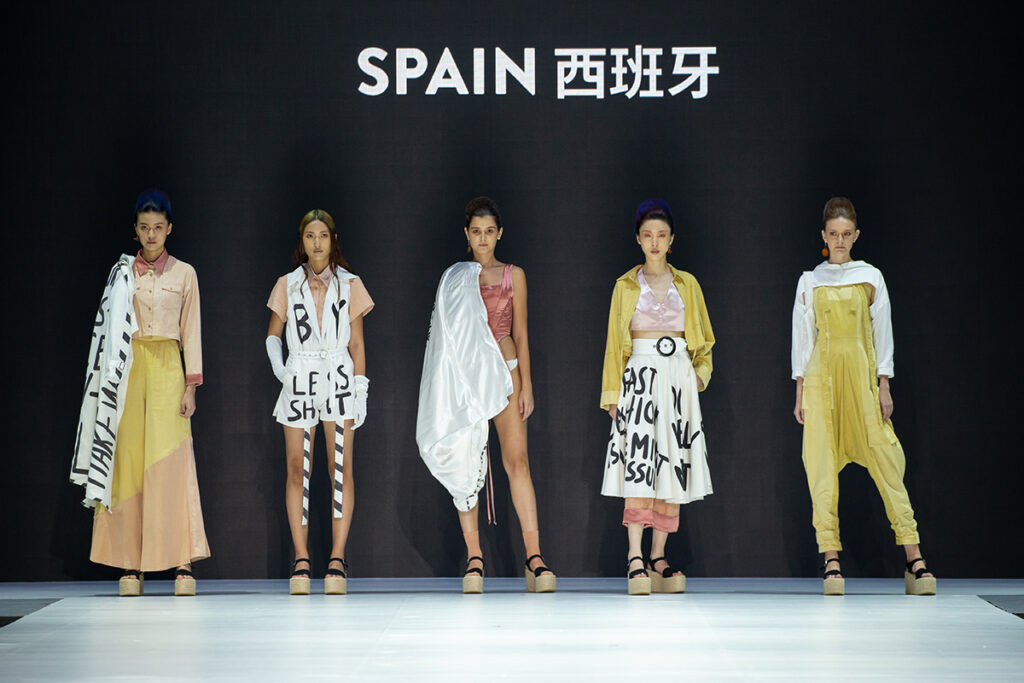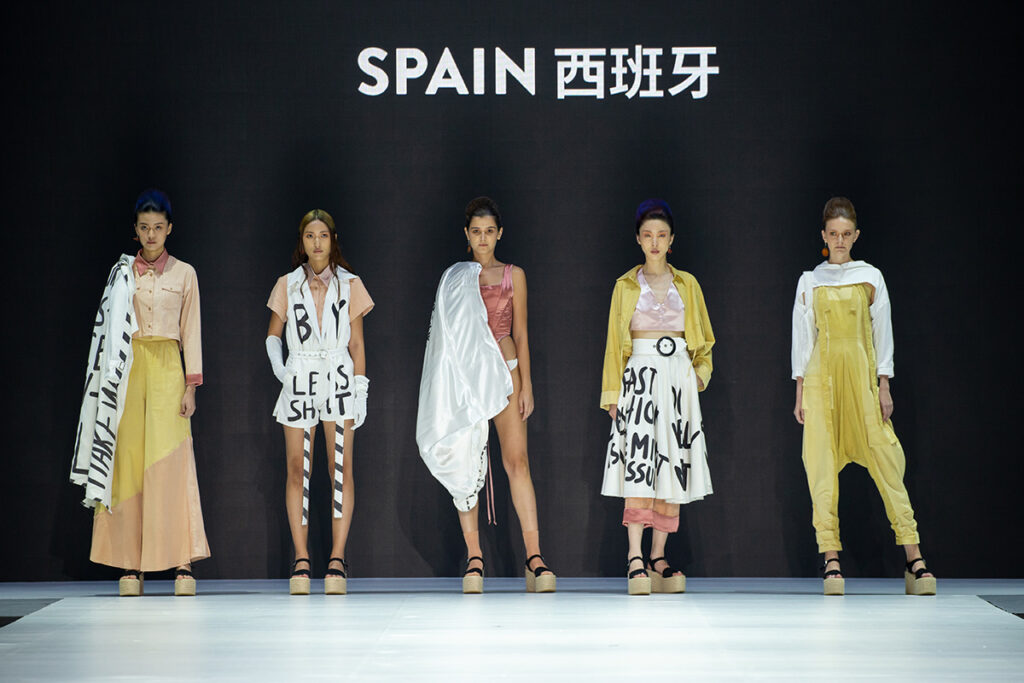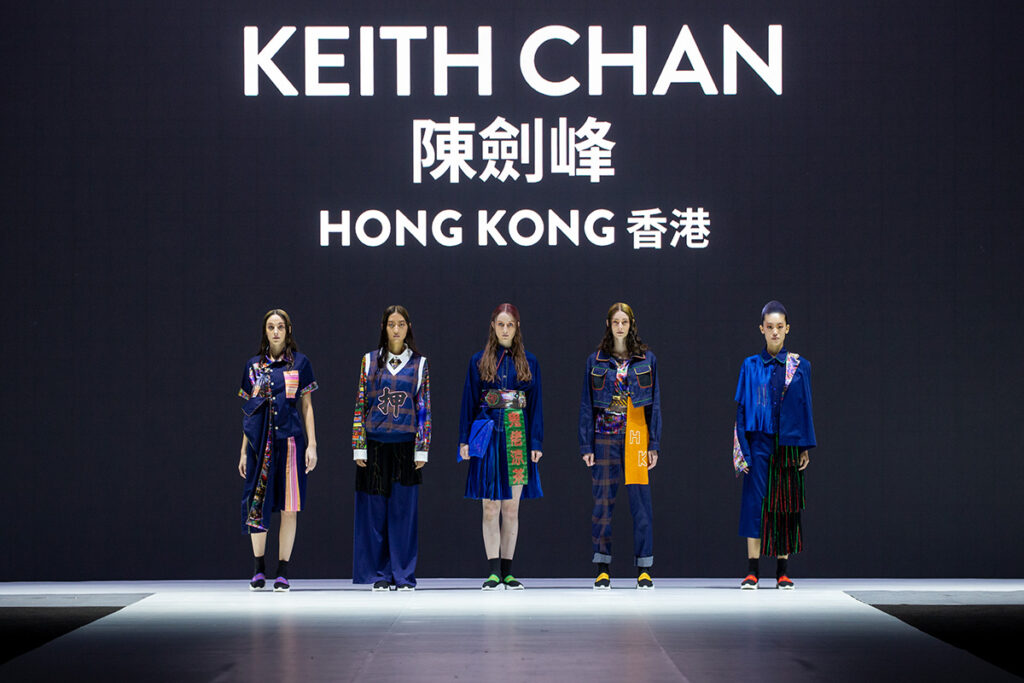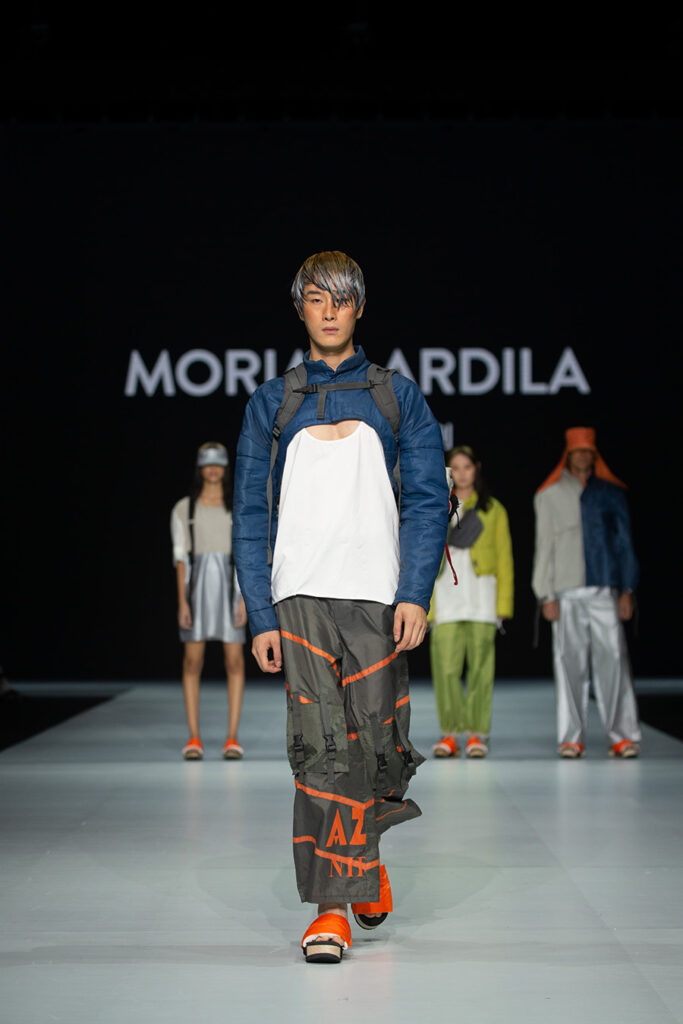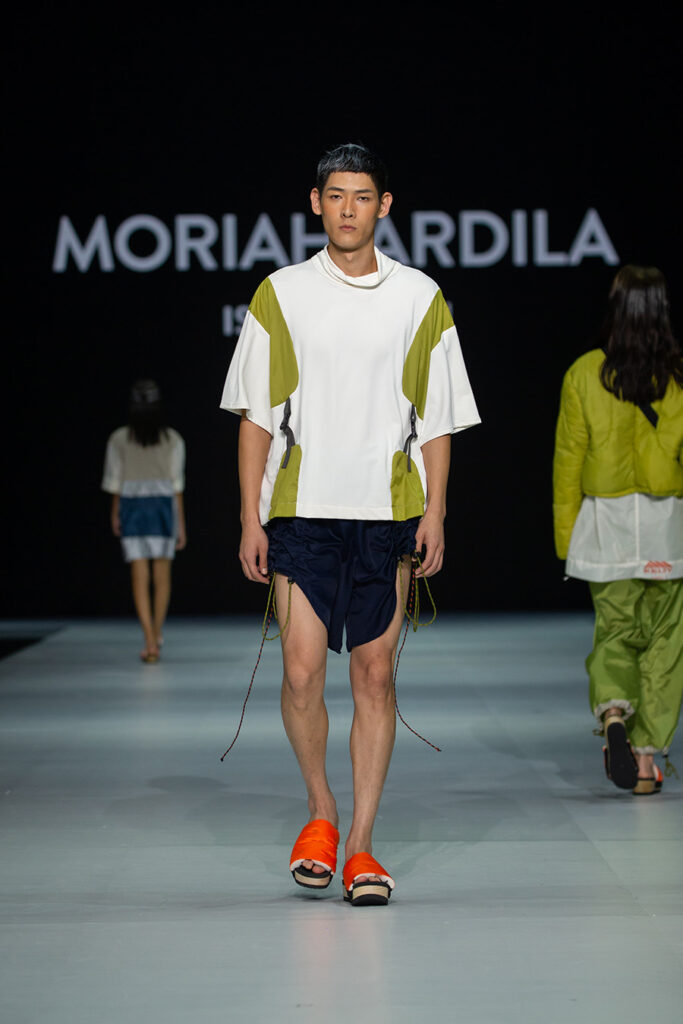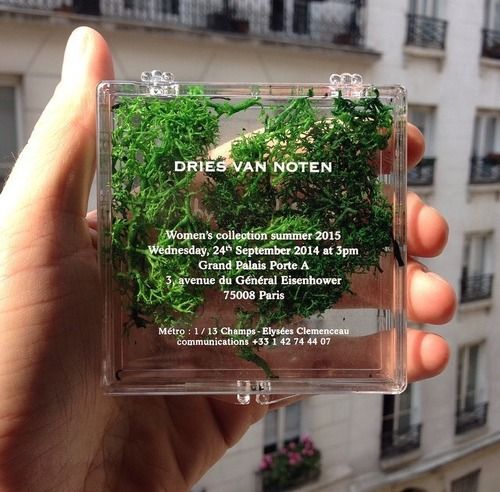How Sustainability is Transforming the Fashion Industry
Sustainable fashion innovations are transforming the industry, as brands and designers introduce cutting-edge solutions to reduce waste, promote ethical practices, and create environmentally friendly textiles.
From recycled materials and biodegradable fabrics to zero-waste manufacturing and regenerative fashion, here are ten groundbreaking examples of sustainability in fashion.
1. iTechStyle Green Circle: Portugal’s Sustainable Fashion Showcase
In Portugal, a sustainability-focused exhibition, iTechStyle Green Circle, gained international attention for its innovative approach to sustainable fashion.
Key Innovations:
- Pe de Chumbo presented garments made entirely from waste fabric scraps, yarns, and production leftovers.
- Repreve developed a textile blend combining organic cotton and biodegradable Kapok fiber, sourced from recycled plastic bottles.
- Riopele Texteis introduced Tenowa, a fabric made from second-generation recycled textiles, demonstrating how materials can be continuously repurposed.
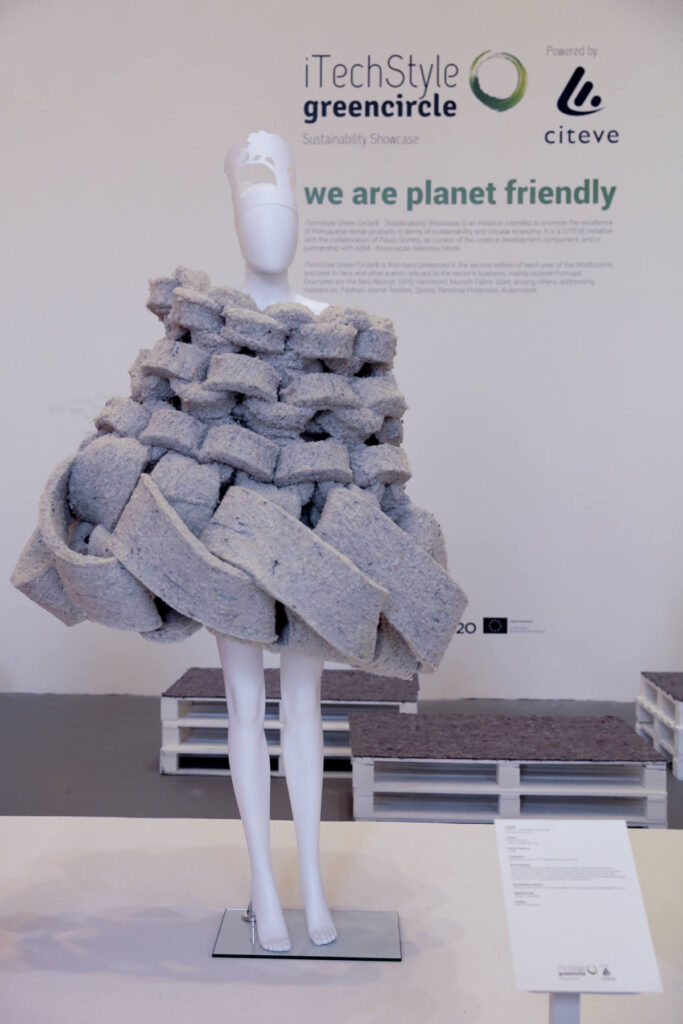
2. Haute Couture and Upcycled Fashion
While Haute Couture Fashion Weeks are known for excess and luxury, some designers have embraced sustainability by incorporating upcycled materials and repurposed textiles.
Notable Examples:
- Ronald van der Kemp created 98% of his Autumn-Winter 2019 collection using overstock fabrics, factory waste, and past-season materials.
- Viktor & Rolf designed colorful patchwork dresses from vintage garments, proving that high fashion can be both artistic and sustainable.
- Karl Lagerfeld pioneered sustainable haute couture with Chanel’s SS16 collection, using jute, hemp, cork, fused paper, and organic cotton, along with eco-friendly sequins and beads made from natural materials.
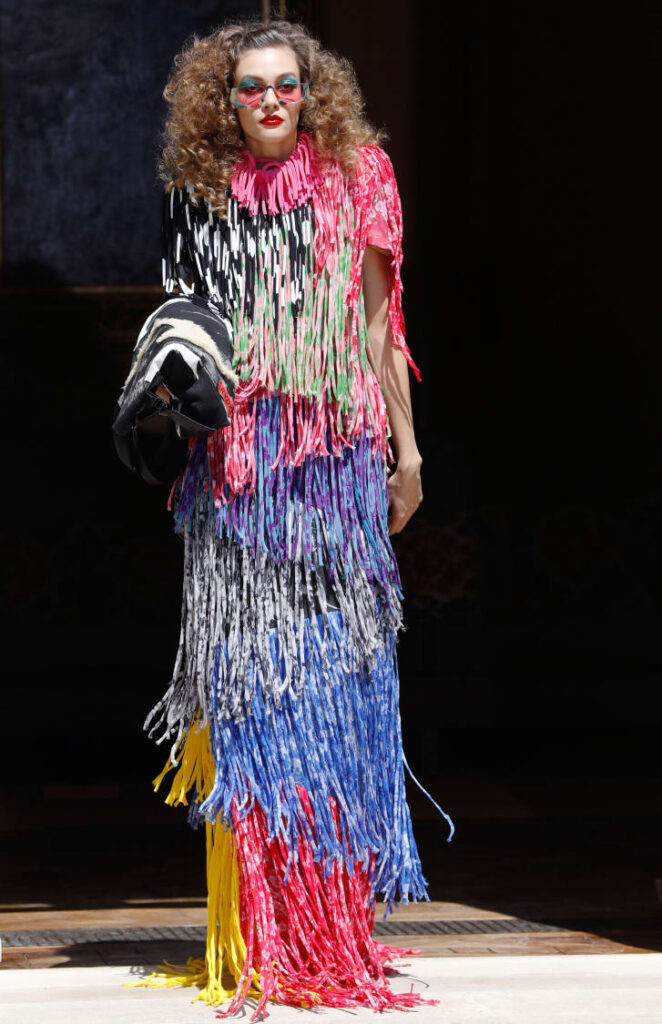
Credit: FRANCOIS GUILLOT Getty Images
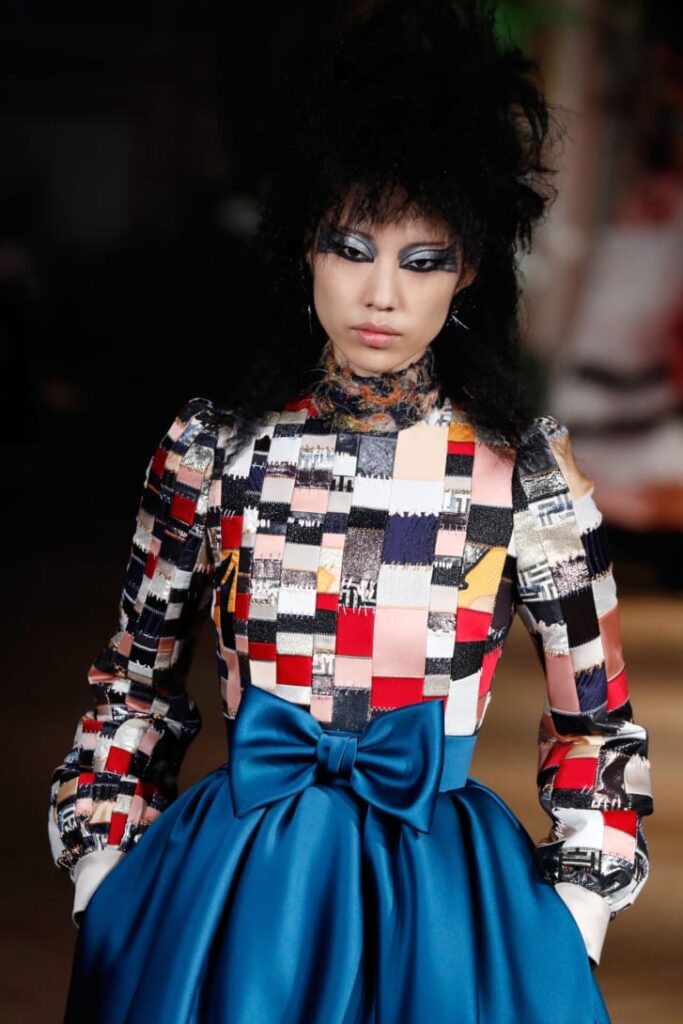
Credit: Francois Guillot Getty Images
3. Diesel x Coca-Cola: The (Re)Collection
Diesel and Coca-Cola collaborated to launch The (Re)Collection, a limited-edition fashion line made from recycled plastic and cotton bottles.
Sustainability Focus:
- PET fibers extracted from plastic waste.
- Modern, streetwear-inspired designs that promote circular fashion.
- Encouraging brands to repurpose everyday waste into fashionable clothing.
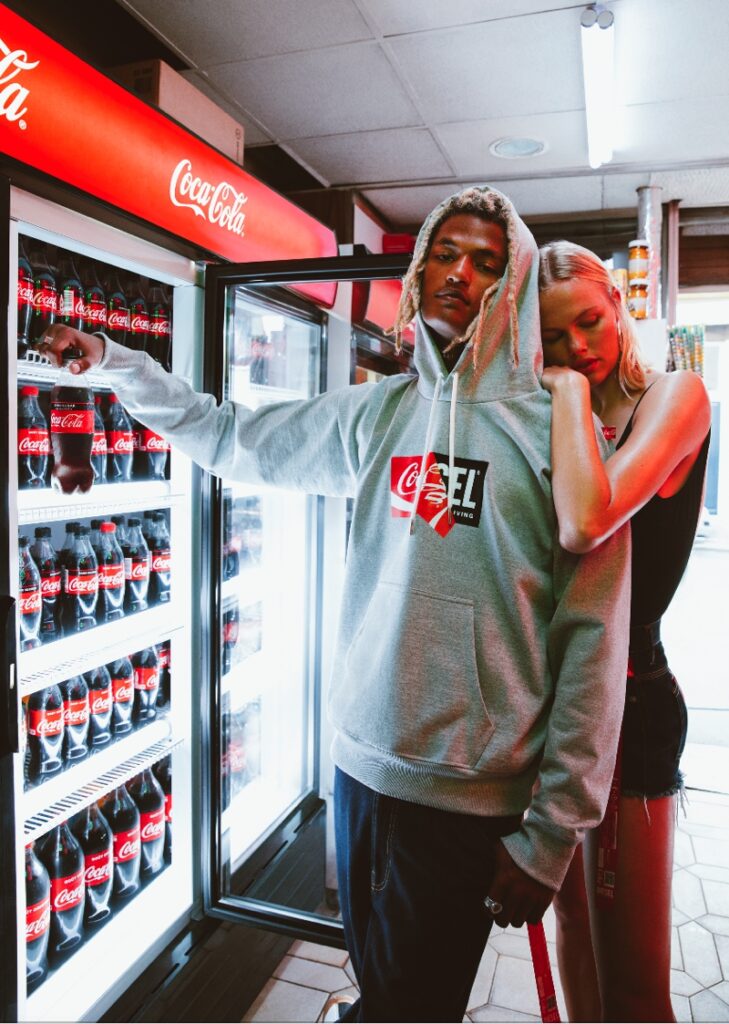
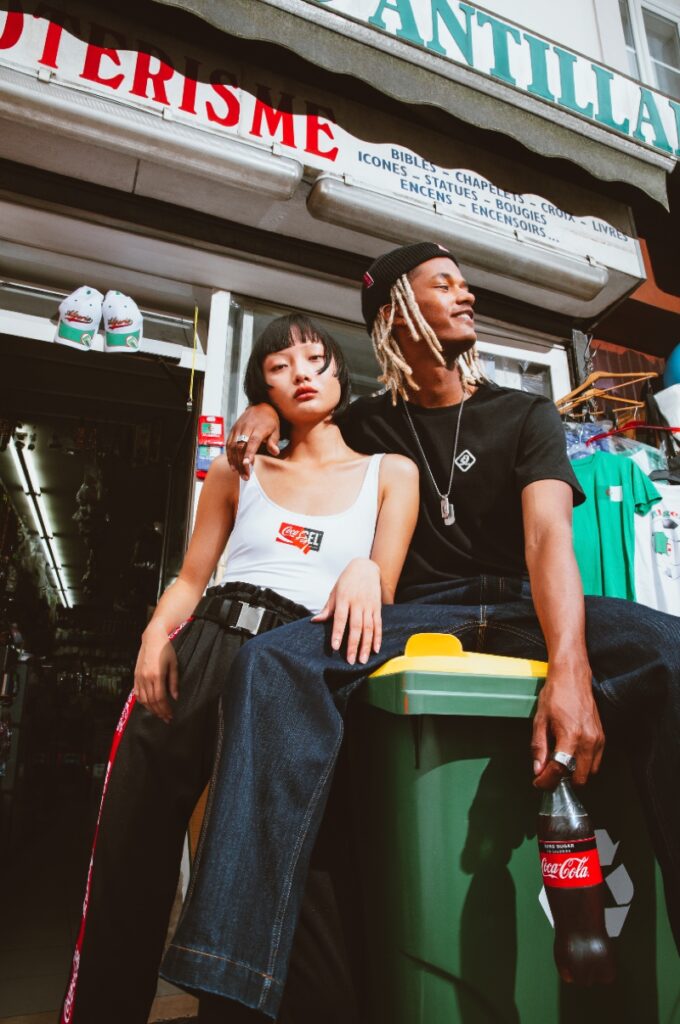
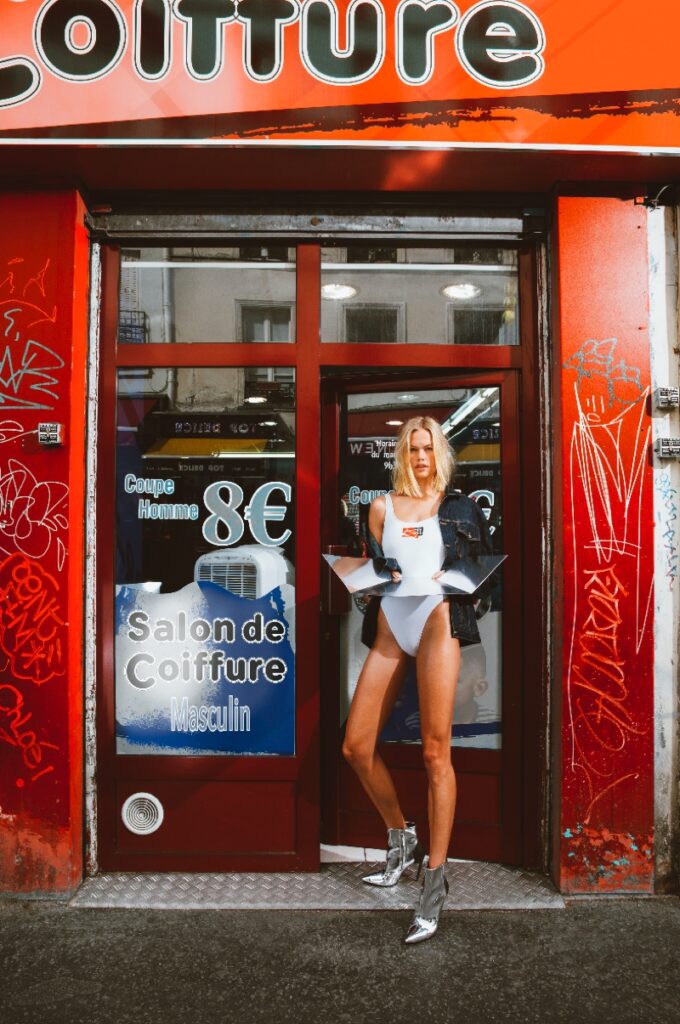
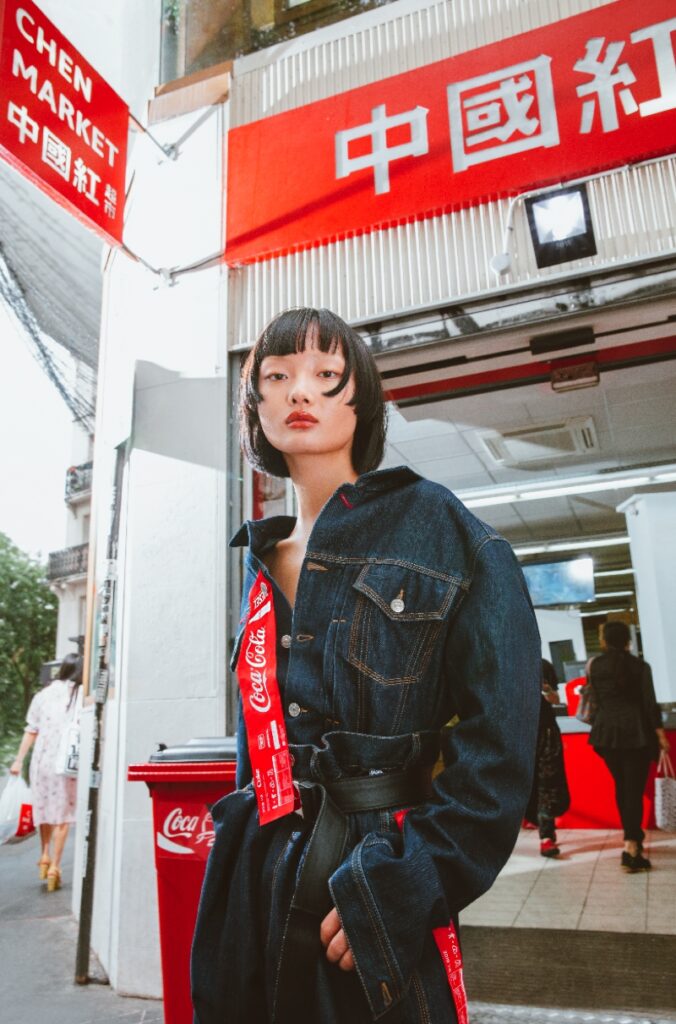
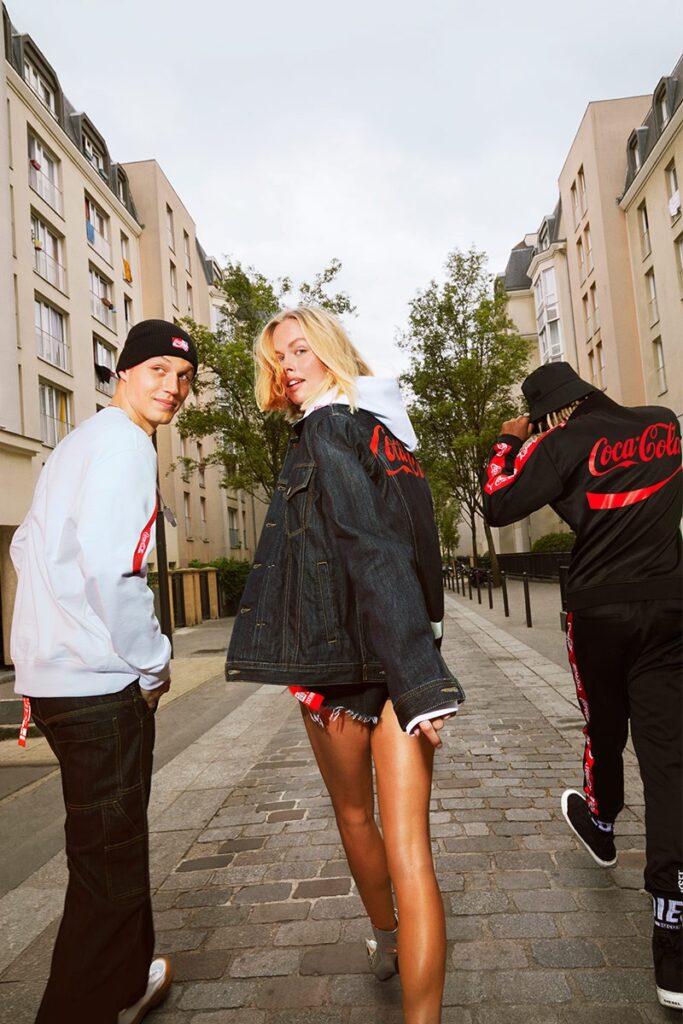
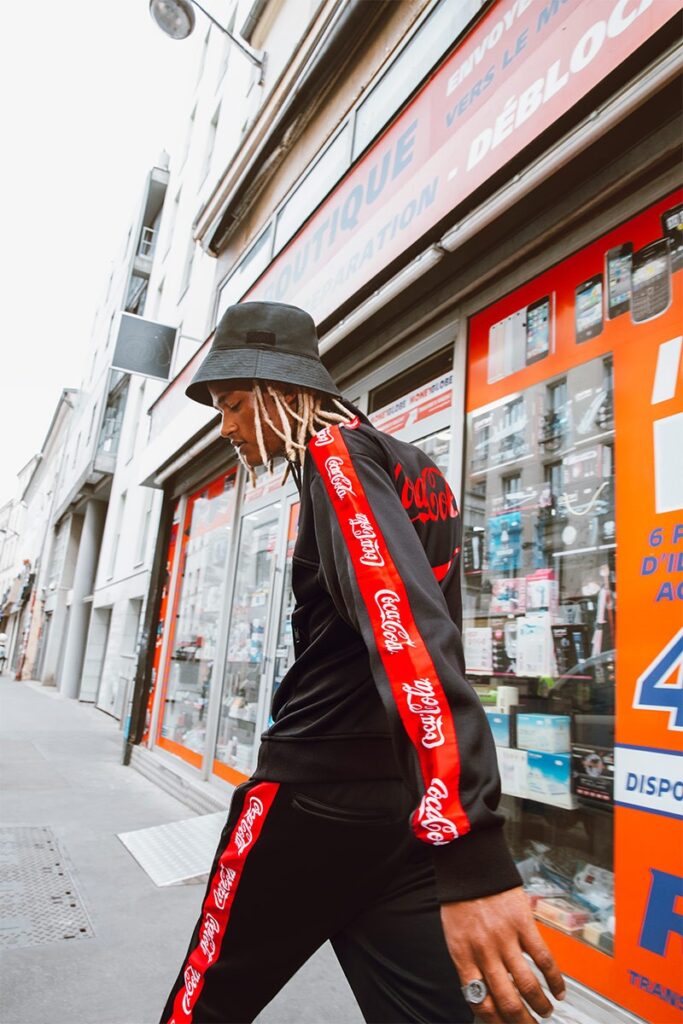
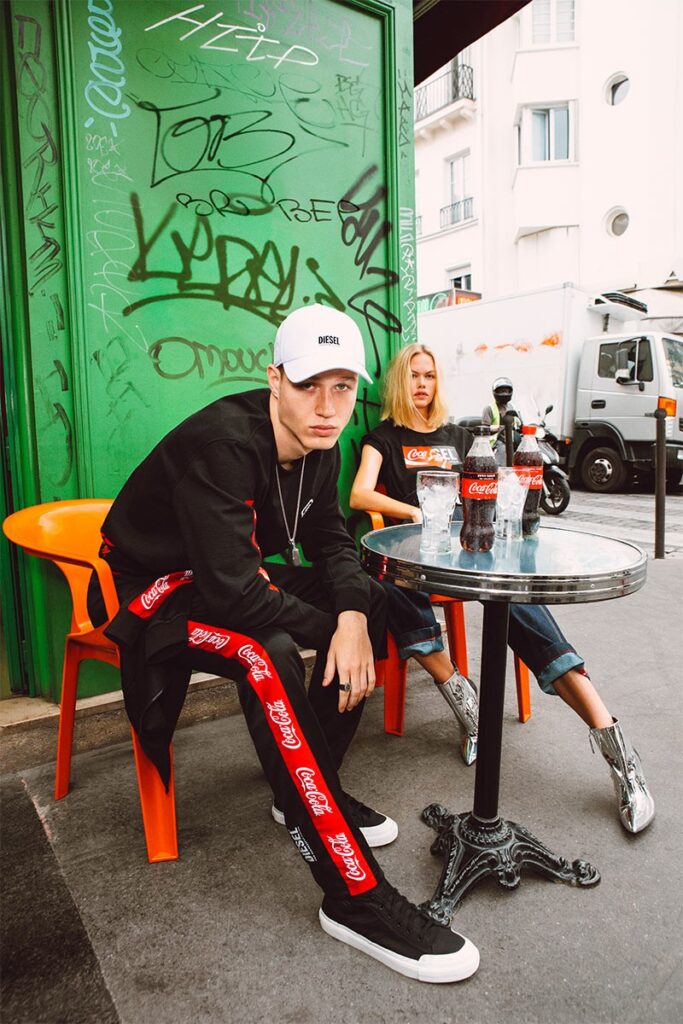
4. Orange Fibre: Turning Citrus Waste into Fabric
Orange Fibre, an Italian textile company, has created the first-ever sustainable fabric made from citrus by-products.
How It Works:
- The company processes 700,000 tons of citrus waste into a silky, biodegradable textile.
- Used by luxury fashion brands for elegant and sustainable garments.
5. Natural Fibre Welding: Plant-Based Leather & Denim
Natural Fibre Welding is revolutionizing plant-based textiles, offering a biodegradable alternative to leather and denim.
Innovations Include:
- Closed-loop dyeing that significantly reduces water waste.
- Petroleum-free textiles to eliminate harmful microplastics.
- Sustainable leather alternatives made entirely from plant fibers.
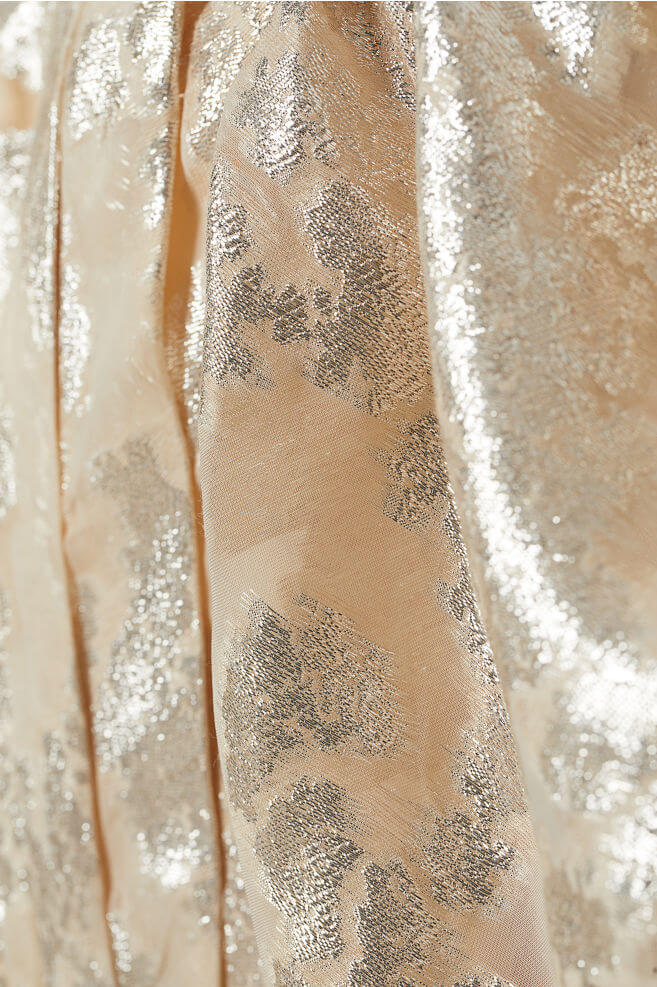
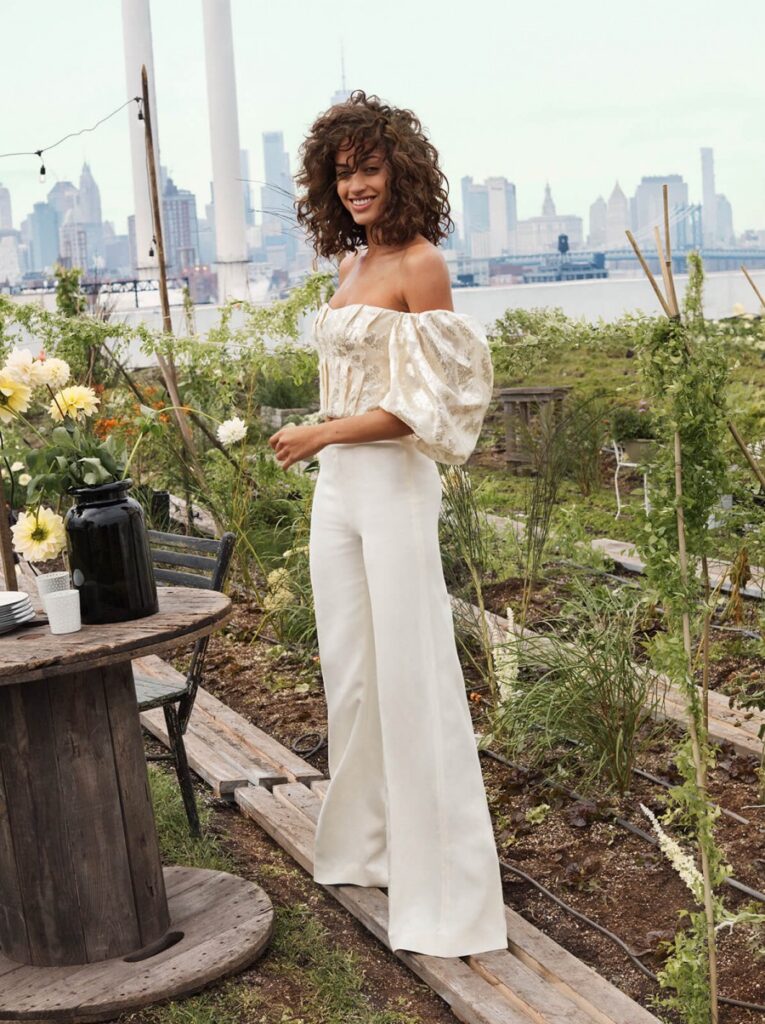
6. SeaCell: Algae-Based Sustainable Fabrics
SeaCell, developed by SmartFiberAG, is a groundbreaking fiber solution made from Icelandic algae deposits.
Sustainability Features:
- Vitamin- and mineral-rich fabric that interacts with the wearer’s skin.
- Anti-microbial properties for improved durability.
- Merging biotechnology with fashion to create functional, sustainable textiles.
7. Röjk: 100% Natural and Biodegradable Outdoor Apparel
Swedish outdoor brand Röjk set a goal to become 100% natural and biodegradable by 2020.
Eco-Friendly Practices:
- Replacing petroleum-based materials with biopolymer fabrics.
- Creating self-grown textiles that require minimal environmental impact.
8. The North Face: Sustainable Wool & Upcycled Accessories
The North Face has partnered with The Bare Ranch to capture more carbon dioxide than it produces through sustainable wool farming.
Other Sustainability Initiatives:
- Collaborated with Christopher Raeburn to create bags made from old tents.
- Supports colorganic wool and cotton, which eliminates the need for synthetic dyes.
9. PrimoLoft Bio: Biodegradable Synthetic Fillers
Synthetic fillers are an alternative to animal-derived down, but they often take decades to decompose. PrimoLoft Bio has solved this issue.
Sustainability Benefits:
- Microorganism-infused fibers that naturally degrade over time.
- Offers the same insulation as synthetic fillers but without long-term pollution.
- STORMFLEECE fabric by Singtex eliminates lamination, reducing fiber waste in oceans.
10. Sustainable Luxury & Vegan Fashion Brands
High-end fashion brands are embracing sustainability without compromising on luxury.
Leading Brands in Ethical Fashion:
- JW Pei uses vegan leather, recycled plastic fabrics, and high-quality canvas for stylish handbags.
- Edun, a brand dedicated to African trade and sustainable sourcing, creates fashion-forward designs using pineapple-fiber leather and barkcloth from Uganda.
- Alienina makes 80% of its collections from production waste, using washable, non-toxic materials inspired by traditional craftsmanship.
- Mashu, a luxury handbag brand, produces leather-look bags from recycled polyester and plastic waste.
- Prada’s Re-Nylon Project transforms ECONYL-regenerated nylon into sustainable, high-fashion handbags.
Sustainability Awards & the Future of Eco-Fashion
Sustainable fashion is not just a trend—it is a movement. Competitions like the Redress Design Award (formerly EcoChic Design Award) prove that recycling and innovation are key to the future of fashion.
Industry Perspectives:
- Reverb, in collaboration with JNBY Group, is working to make sustainable fashion mainstream, particularly in Asia, where waste reduction is a major challenge.
- Creative leaders in sustainable fashion emphasize the need for scalable, innovative solutions that reduce the industry’s environmental footprint.
